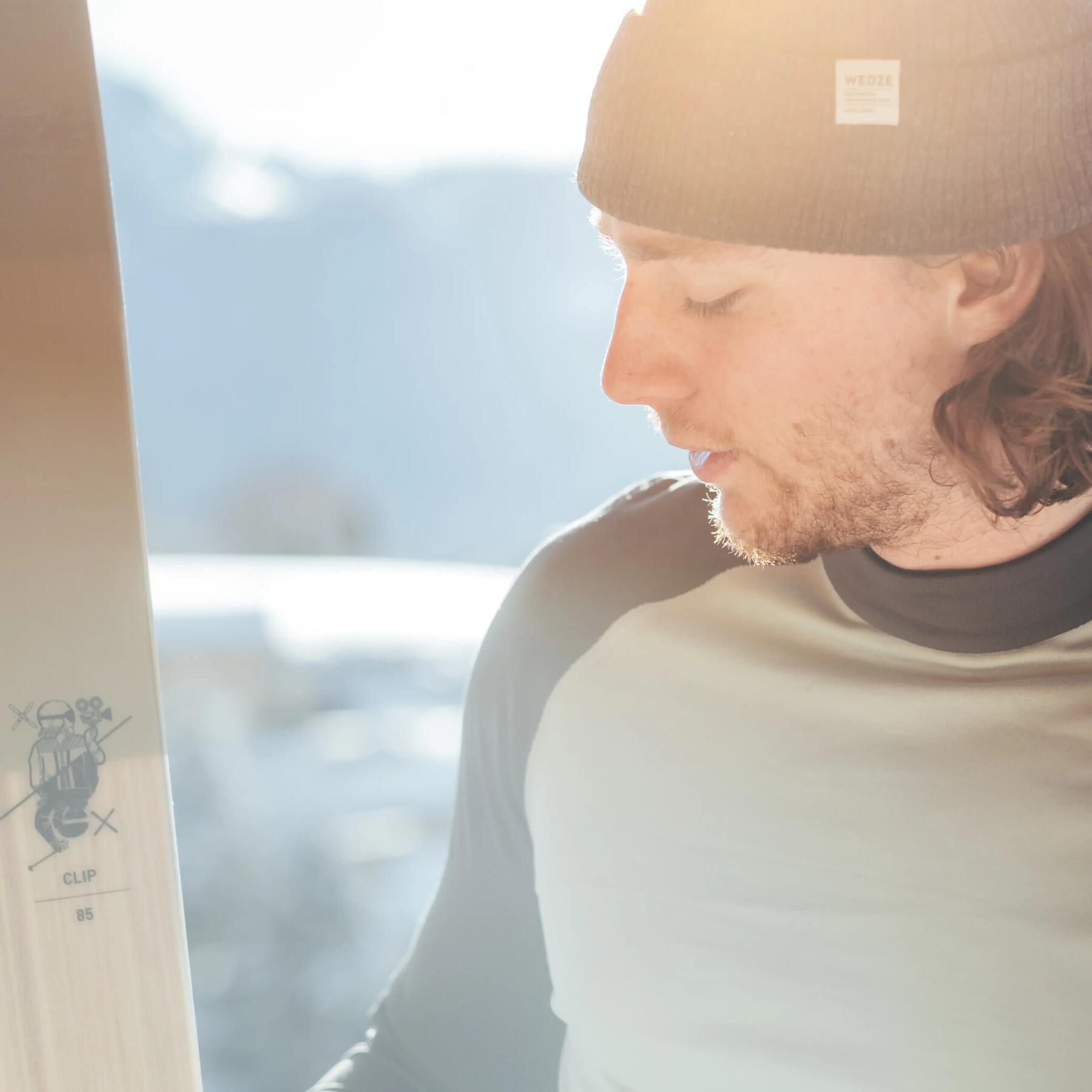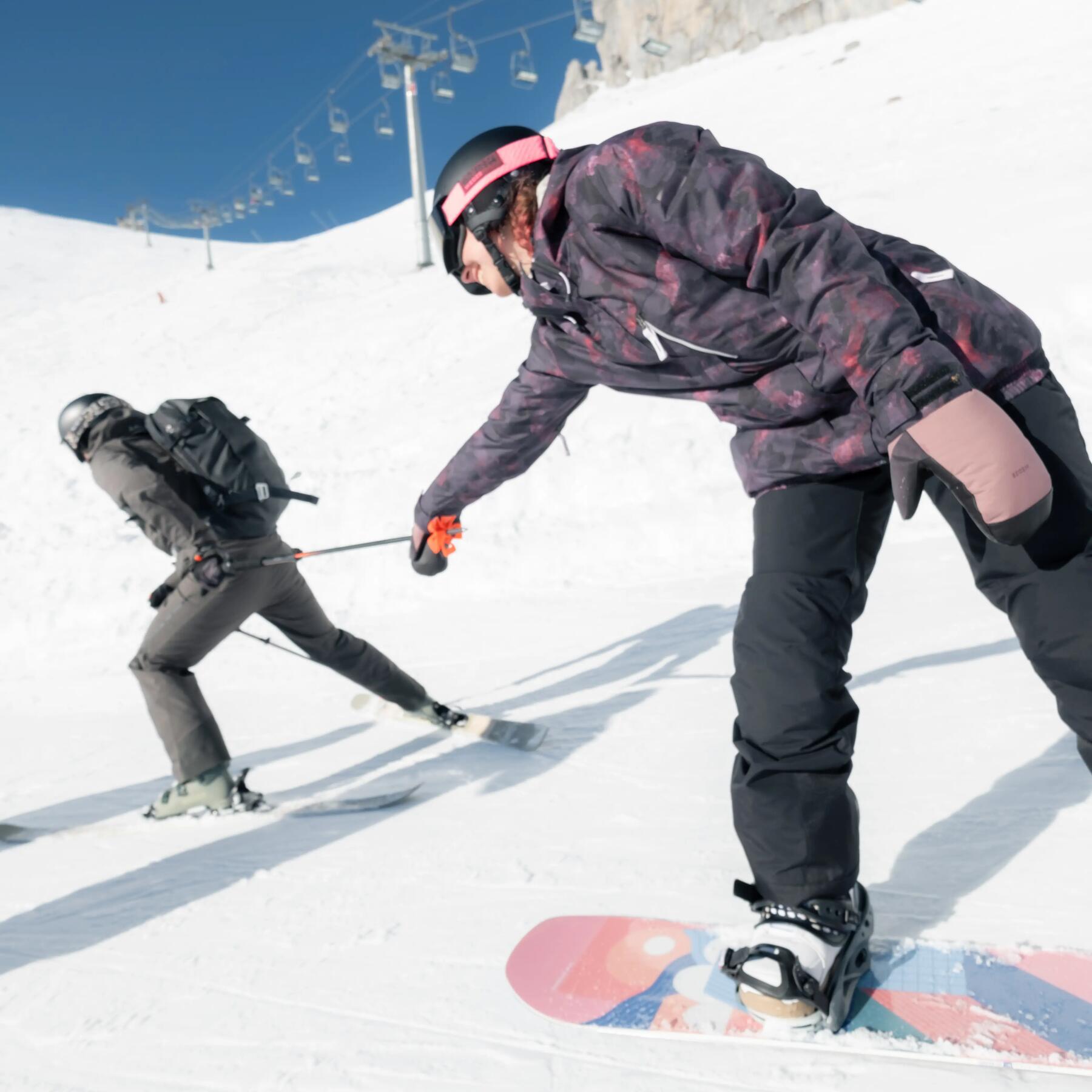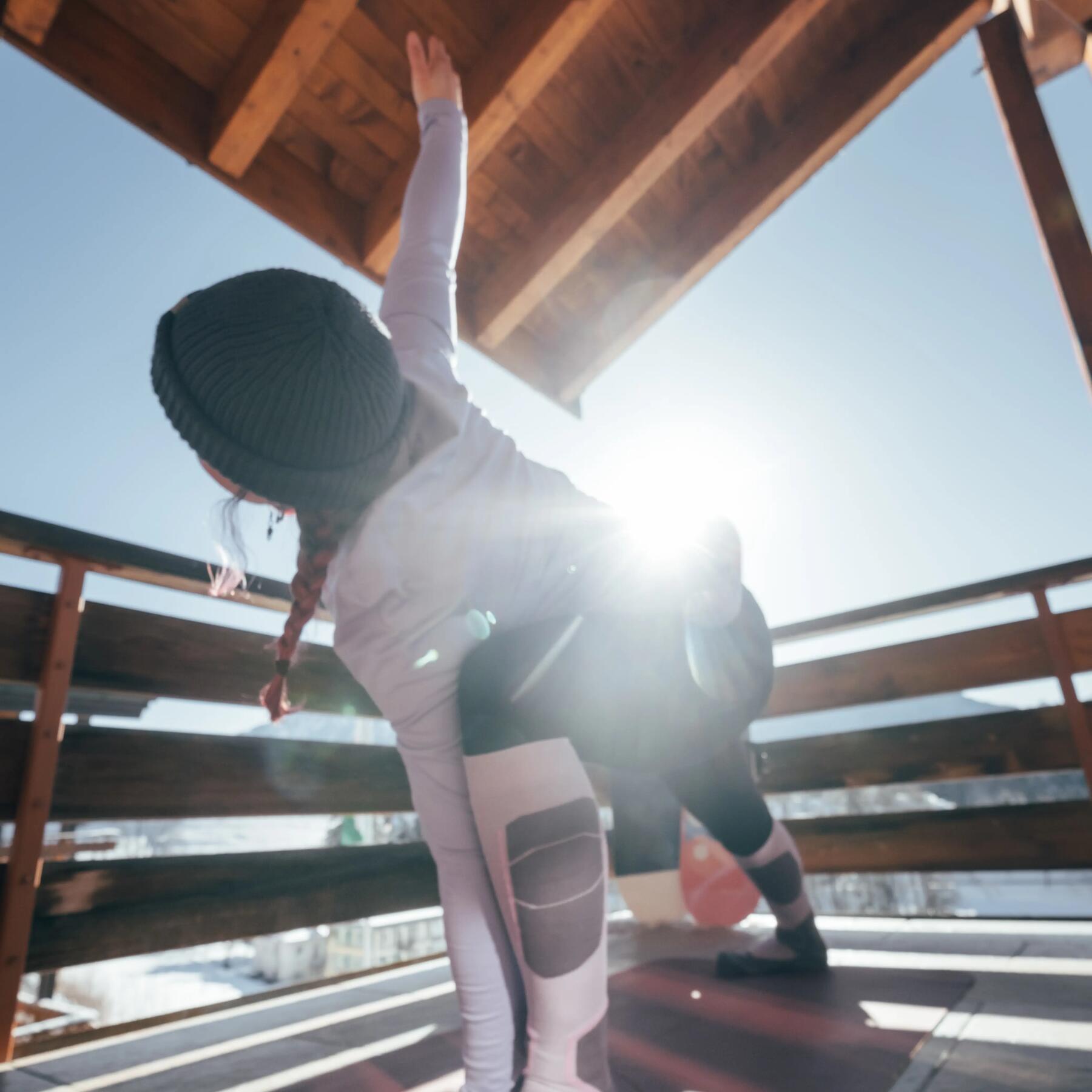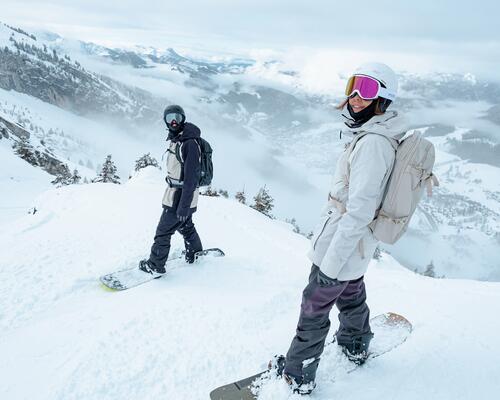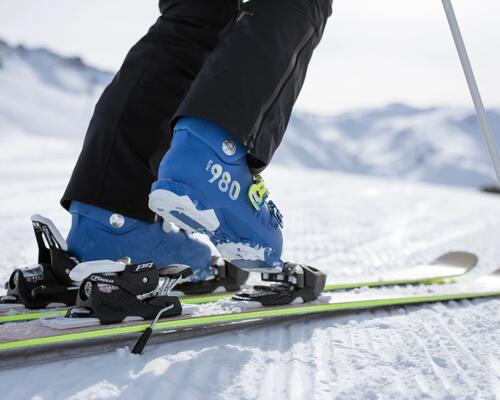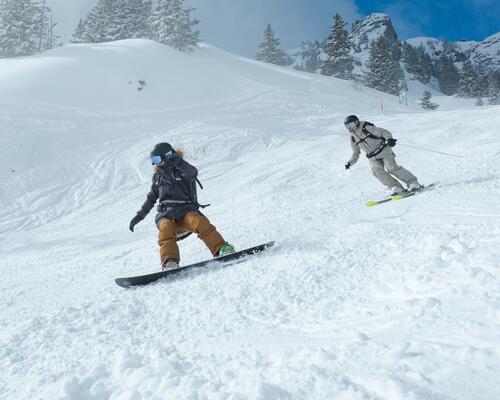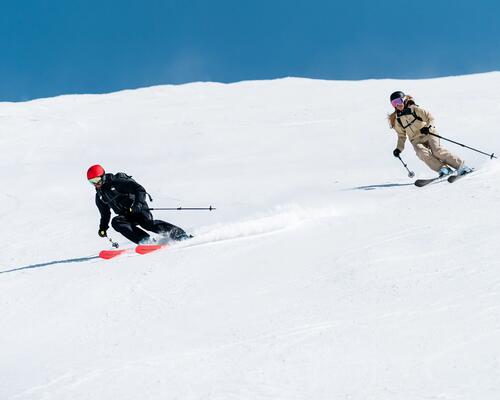What are ski and snowboard base layers?
A thermal base layer is the first layer of your skiing or snowboarding outfit, for which we usually talk about the three-layer rule (layer two being the fleece or down jacket, and layer three, the waterproof jacket).
Layer one is therefore the layer that sits in direct contact with the skin. We sometimes call it a "second skin" or a "base layer". Worn against the body, most of the time this consists of long or three-quarter tights and a long-sleeved t-shirt. The initial layers are designed using increasingly technical and smart materials, allowing you to find the best balance between wicking away perspiration and the generation of warmth, while also limiting odour.

